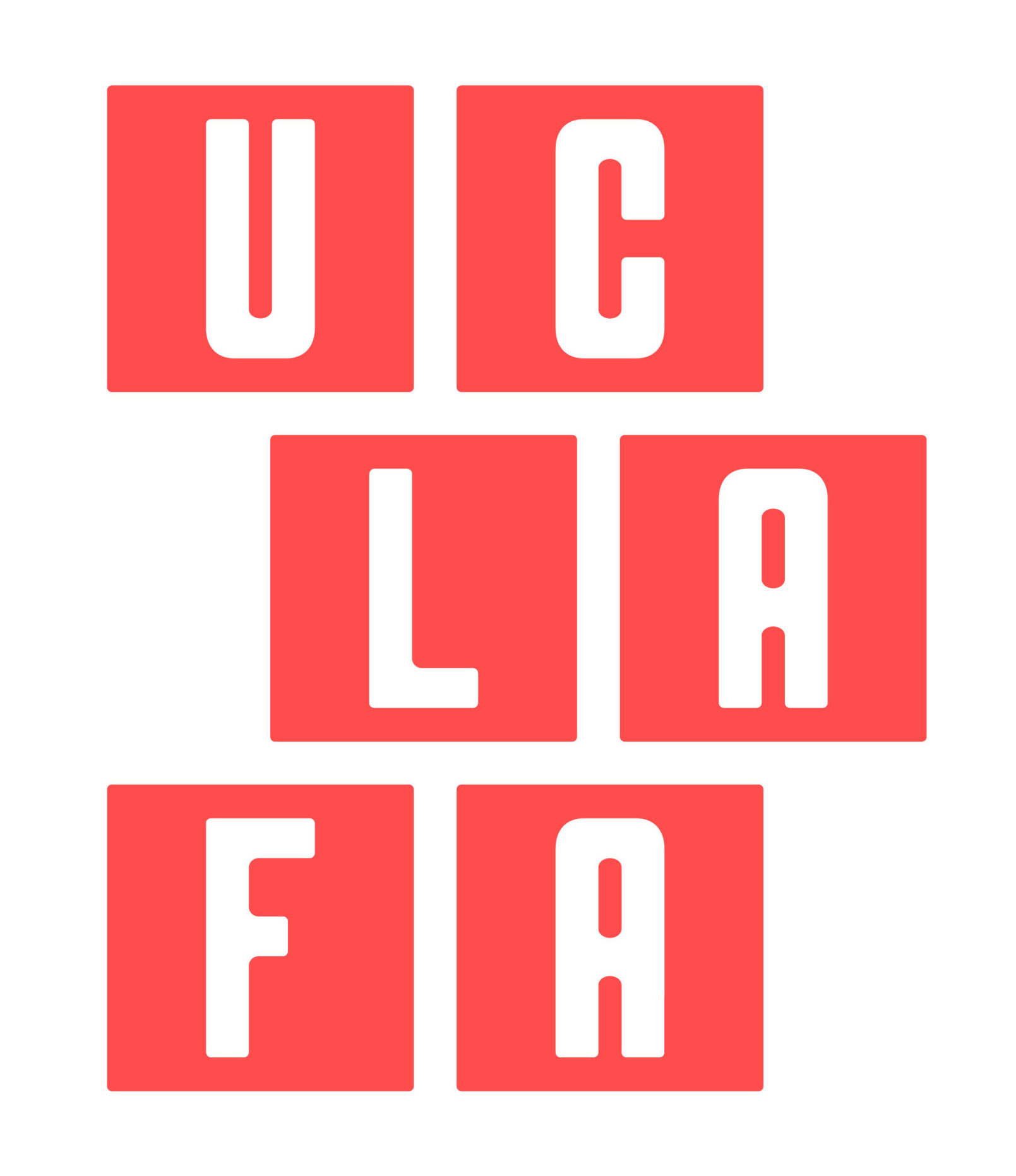UC is on a Bridge to Nowhere: Other Public Universities are Taking Action
 Inside Higher Ed has an interesting article today on various public universities that are working on establishing some type of new agreement with the powers-that-be in their states in the wake of budget cuts. Sadly, UC seems stuck in its reactive mode, a bridge to nowhere.
Inside Higher Ed has an interesting article today on various public universities that are working on establishing some type of new agreement with the powers-that-be in their states in the wake of budget cuts. Sadly, UC seems stuck in its reactive mode, a bridge to nowhere.
The legislature/governor cuts the UC budget. The Regents & Yudof responsively raise tuition and/or cut enrollment. They are then criticized for their actions by the legislature/governor.
This is a a bridge to nowhere, politically and budget-wise. We cannot get off the bridge by issuing glossy brochures and statements to the effect that UC is vital to long-run state economic growth. We can’t get off by pointing to the recycling of tuition hikes to insulate lower-income students.
The only chance for getting off is to sit down with the powers-that-be and work out a deal. There are no guarantees. But the current bridge-to-nowhere “strategy” is a clear failure.
Below is an excerpt from the article:
Thanks, But No Thanks
Jan. 17, 2011, Inside Higher Ed, Jack Stripling
When Richard W. Lariviere describes the funding cycle for the University of Oregon, he sounds like he’s talking about a crash diet. The university’s president suggests it’s simply unhealthy to subject an institution to the whimsy of state appropriations, which more often than not are insufficient to satiate Oregon. That said, Lariviere finds it remarkable that the university has done as well as it has with just 9 percent of its budget coming from state sources. “We’ve been on a bread and water diet for so long, we know how to build muscle mass on that diet,” he says.
But Lariviere doesn’t think the model as currently defined can work in the long run, so he’s joining an incremental movement in public higher education that’s predicated on the notion of asking the state for flat or even less funding over time in exchange for greater autonomy. While his plan carries unique features, the proposal at Oregon has shades of existing structures in Virginia, along with emerging proposals in Louisiana and within the University of California at Los Angeles’s business school.
It is a notable sign of the times: more college leaders are arguing that the traditional model of funding public higher education is dysfunctional, and advocates of a new way forward say they’ve reached this conclusion after frustrating years of legislative sessions that are typically defined by handwringing and disappointment. In his pitch to lawmakers, Lariviere says he’s often reduced to the same tired declaration: “We’re doing very important work for the future. We need more money to do it well. Please give us more money. “We’ve been doing that for 30 years, or at least I have been, and it really hasn’t pushed the envelope very far,” he says.
At the heart of Lariviere’s plan is a request that the state commit to its 2010 level of funding – about $65 million per year – for 30 years, using the funds to pay debt service on bonds worth approximately $800 million. The university would match the bonds with $800 million in private gifts to create a $1.6 billion “public/private” endowment, which would – along with the university’s current $435 million endowment and tuition revenues – sustain university operations within the first year, according to university officials’ estimates…
(The article goes on to describe similar efforts at other universities.)
Full article at http://www.insidehighered.com/news/2011/01/17/colleges_push_for_greater_autonomy_as_state_resources_fade
